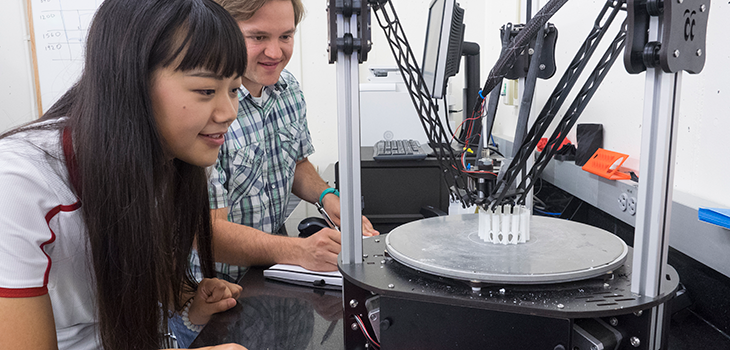វិច្ឆិកា . 19, 2024 09:25 Back to list
eaf steel making manufacturer
EAF Steel Making Revolutionizing the Steel Industry
Electric Arc Furnace (EAF) steel making has emerged as a dominant process in the steel industry, breathing new life into steel production while addressing environmental concerns. This innovative method harnesses electricity to melt scrap steel, producing high-quality steel with reduced energy consumption and lower emissions compared to traditional blast furnace methods. As the global demand for steel continues to rise, EAF steel making offers a sustainable and efficient solution for manufacturers and economies alike.
The EAF Process
At its core, the EAF process involves the melting of recycled steel scrap. The furnace is typically lined with refractory materials and operated using high-voltage electricity that generates an arc between electrodes and the scrap metal. This intense heat—reaching temperatures over 1,600 degrees Celsius—melts the scrap steel, which can then be refined to create various steel grades. This method not only relies heavily on recycled materials but also allows for the addition of alloys and other materials to produce specialized steel types.
One of the most significant advantages of EAF steel making is its flexibility. EAF allows manufacturers to adapt to changing demands, producing batches of varying steel grades without extensive downtime for equipment reconfiguration. This adaptability makes EAF particularly attractive in today's fast-paced market, where customer preferences can shift rapidly.
Environmental Benefits
The EAF method is often hailed for its lower environmental impact compared to traditional methods. The conventional blast furnace requires large quantities of iron ore, coking coal, and limestone, resulting in considerable greenhouse gas emissions. In contrast, EAF primarily uses scrap steel, which diverts waste from landfills and reduces the need for new raw materials. This recycling focus contributes to a circular economy, as the steel can be melted and reused multiple times without significant quality loss.
Furthermore, EAF facilities typically emit fewer pollutants, including sulfur dioxide and nitrogen oxides. Advanced technologies, such as fume extraction and treatment systems, further minimize environmental impact, adhering to stringent regulations. As global awareness of climate change and environmental sustainability grows, EAF steel making positions itself as a forward-thinking solution within the industry.
eaf steel making manufacturer

Economic Considerations
EAF steelmaking is not just an environmental boon; it also presents significant economic advantages. The initial investment for building an EAF plant is often lower than that of a blast furnace facility, making it an appealing option for new entrants in the market. Additionally, the operational costs tend to be reduced due to the lower energy requirements when using scrap materials, coupled with the ability to produce steel on demand.
Regions with abundant scrap supply, such as urban areas with vast construction and manufacturing activities, stand to benefit the most from the EAF process. With the rise of electric vehicles and green technologies, the demand for high-quality steel is set to grow, providing a lucrative market for EAF steel manufacturers.
Challenges and Future Prospects
Despite its many advantages, EAF steel making is not without challenges. The reliance on scrap steel can lead to fluctuations in raw material costs and availability. Additionally, the process requires substantial electrical energy, which may pose challenges in regions with limited energy infrastructure or fluctuating electricity prices.
Nonetheless, innovations in renewable energy sources, such as solar and wind power, may mitigate some of these challenges. As the steel industry continues to evolve, integrating renewable energy into EAF operations could further decrease emissions and bolster sustainability efforts.
In conclusion, EAF steel making represents a profound shift in the steel production landscape. With its emphasis on recycling, flexibility, and lower environmental impact, it offers a viable pathway for modern manufacturers seeking to align with global sustainability goals. As the industry faces increasing demands and challenges, embracing technologies like EAF could shape the future of steel making, ensuring a resilient and eco-friendly approach to one of the most essential materials in modern society. As investment in infrastructure and innovation continues, EAF steelmaking is poised to become an even more integral part of the steel manufacturing process worldwide.
-
High-Quality Fe-C Alloy Leading Manufacturers & Spherical Alloy Materials Supplier
NewsJun.10,2025
-
Premium Low Nitrogen Recarburiser Supplier & Manufacturer – High Quality Exporters
NewsJun.10,2025
-
DT4 High-Quality Magnetic Materials Leading DT4 Manufacturer & Supplier
NewsJun.10,2025
-
High-Performance Spring Steel Suppliers Custom Solutions
NewsJun.10,2025
-
Premium SWRCH6A Manufacturer Steel Wire Supplier & Factory
NewsJun.10,2025
-
Premium Mild Steel Wire Rod Supplier & Manufacturer
NewsJun.10,2025
